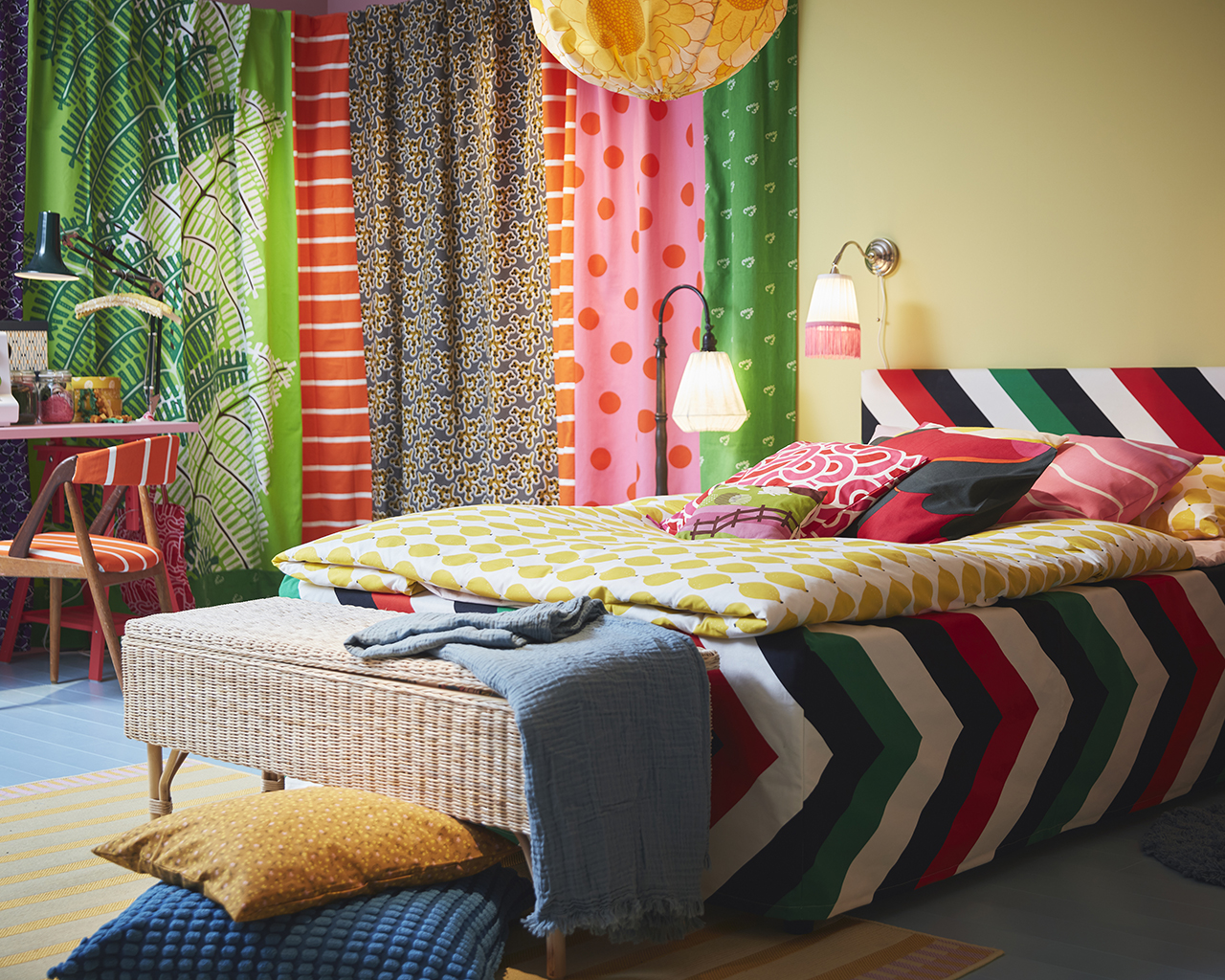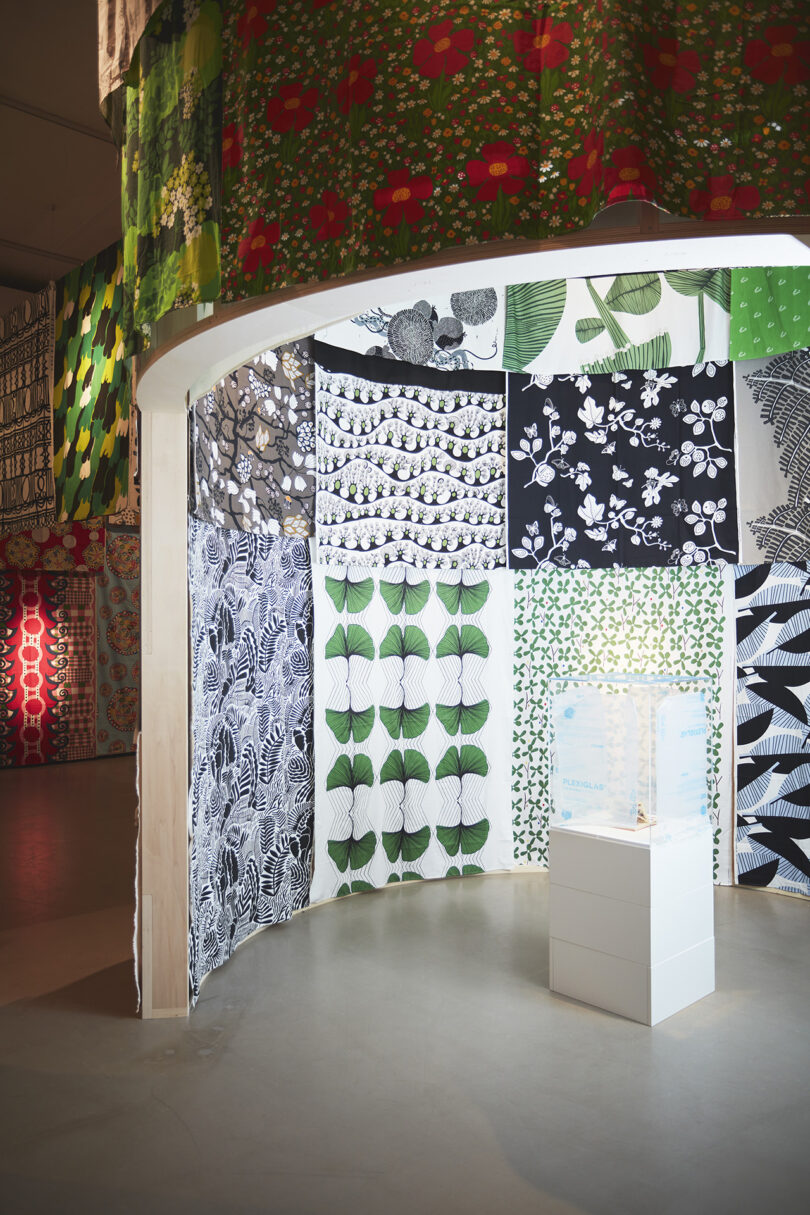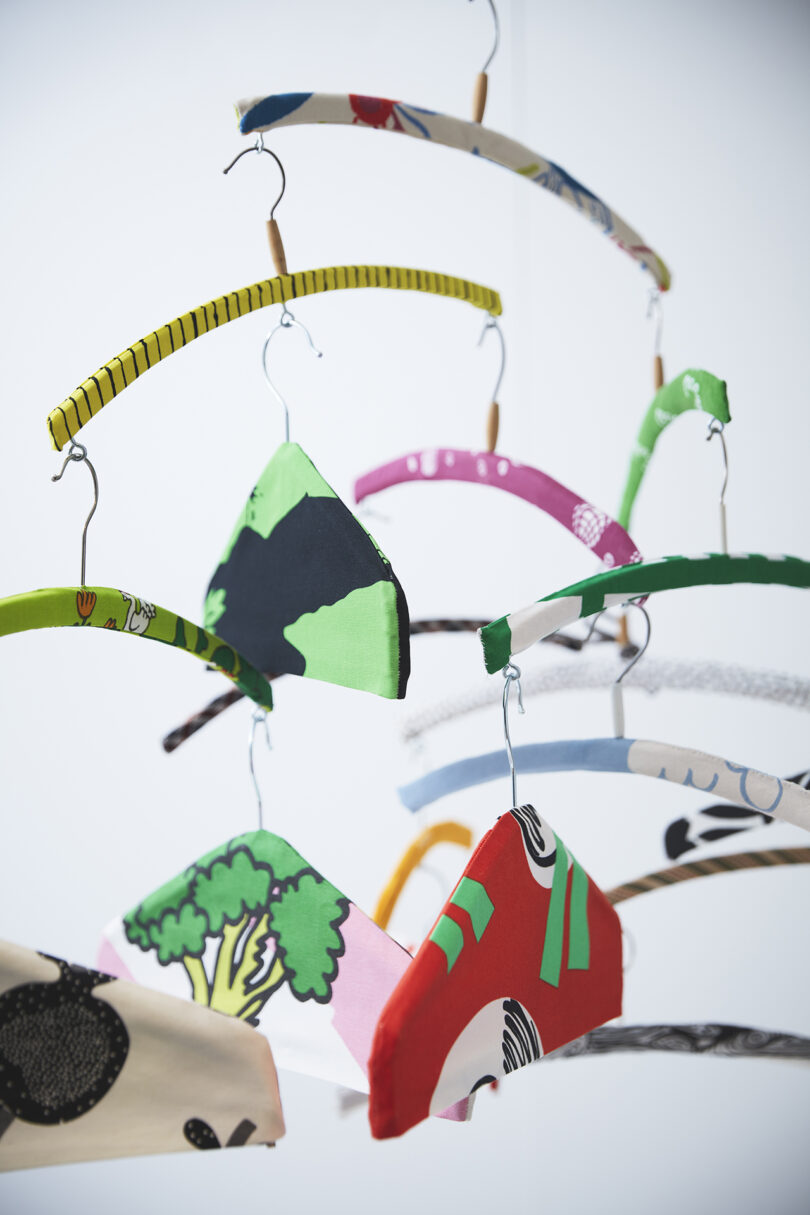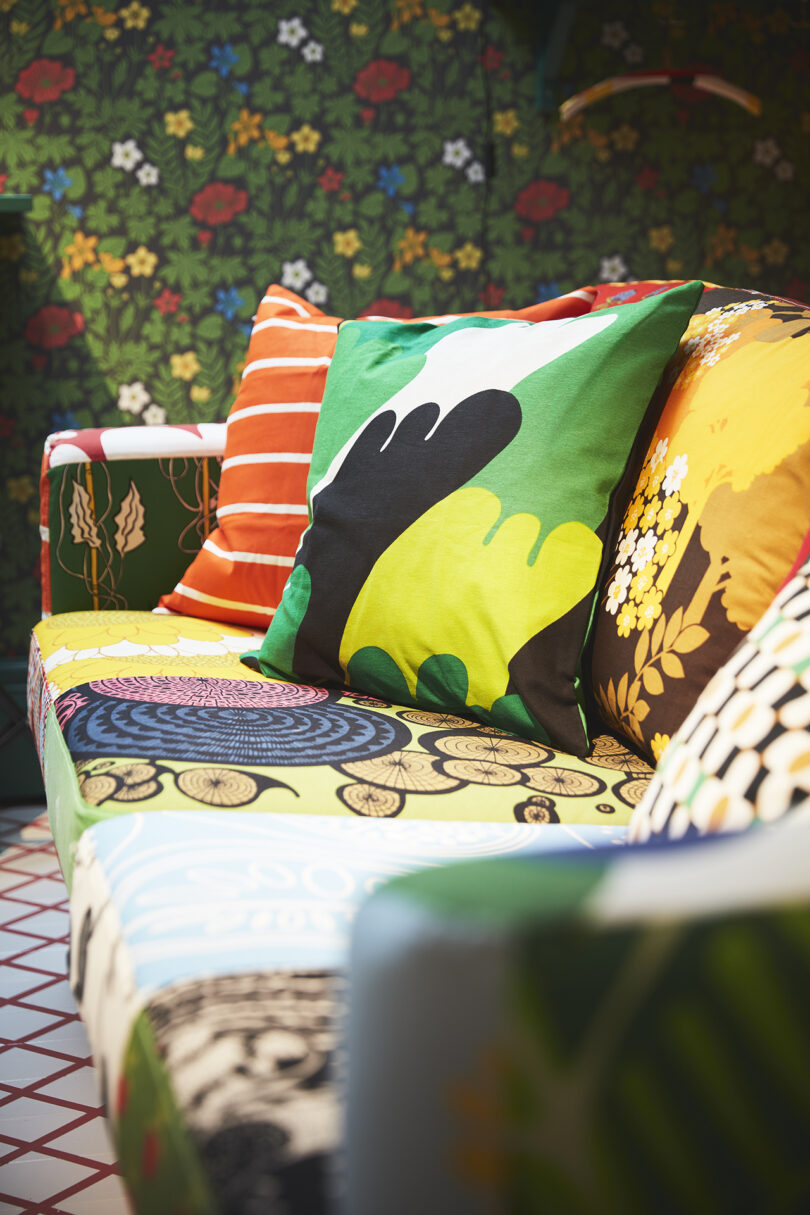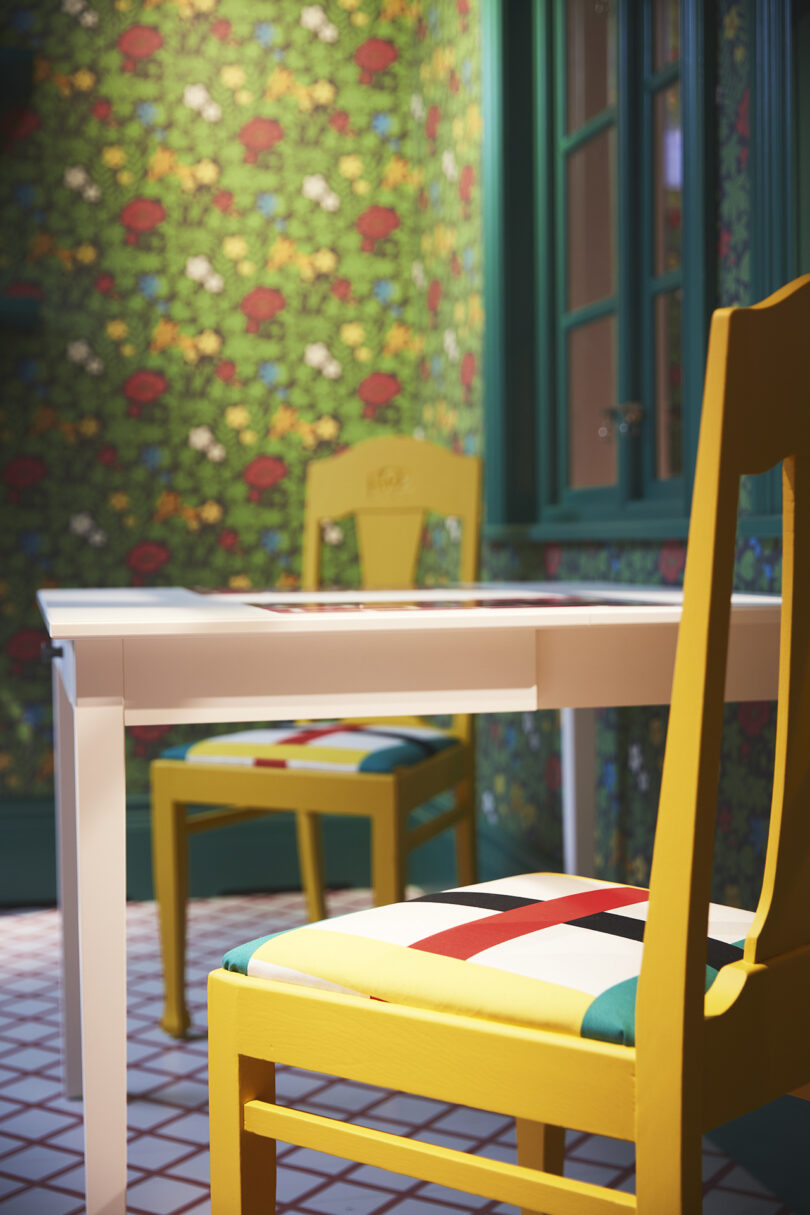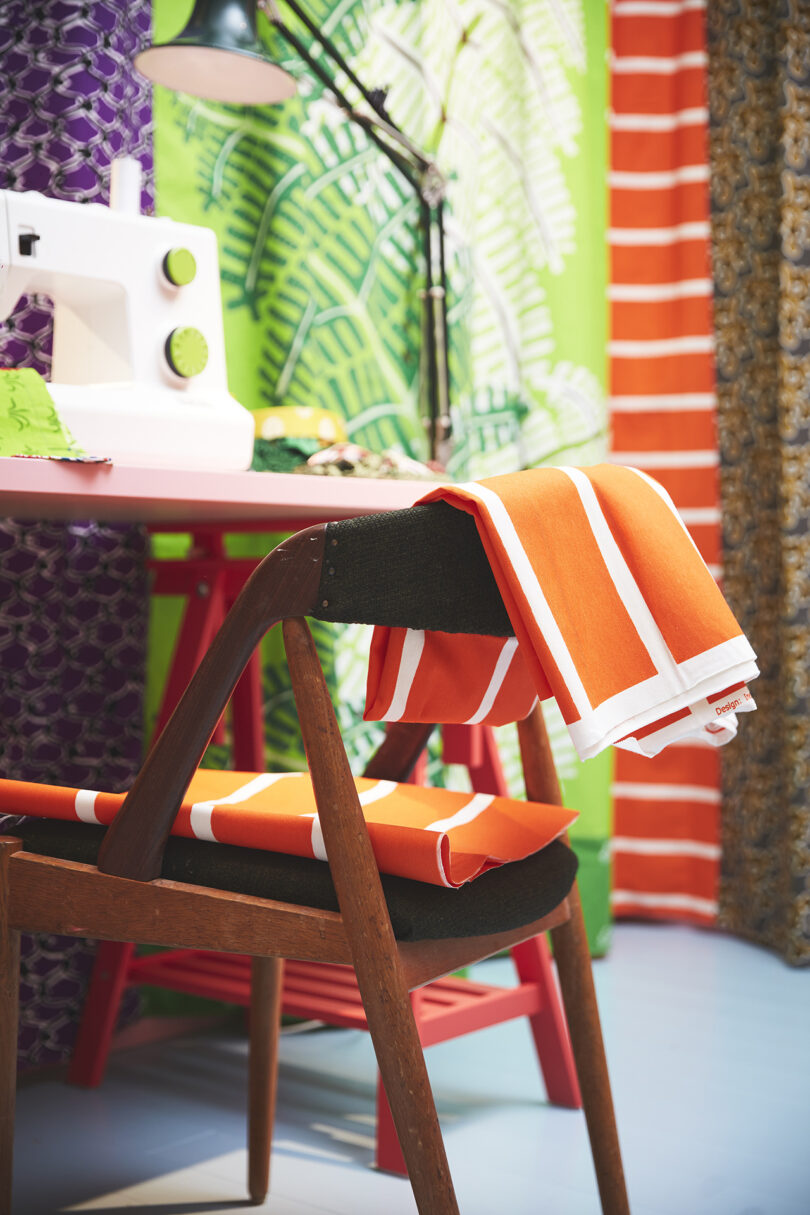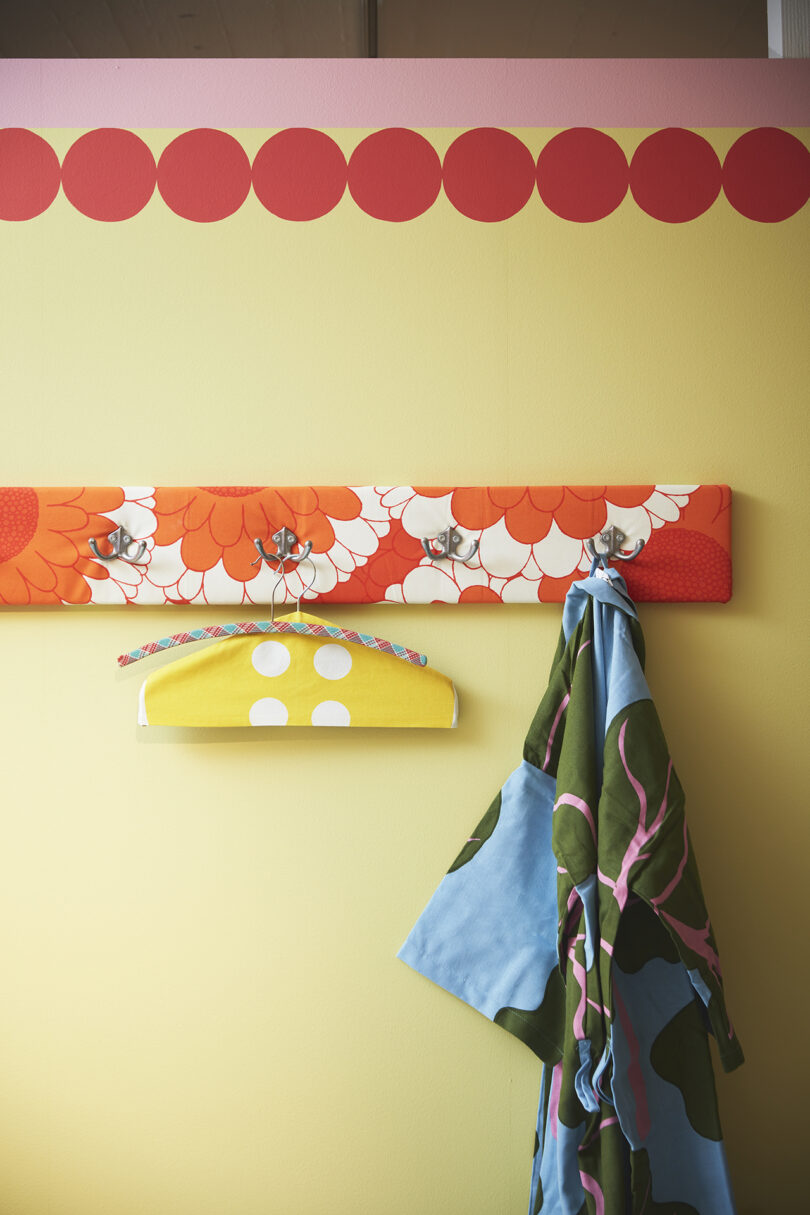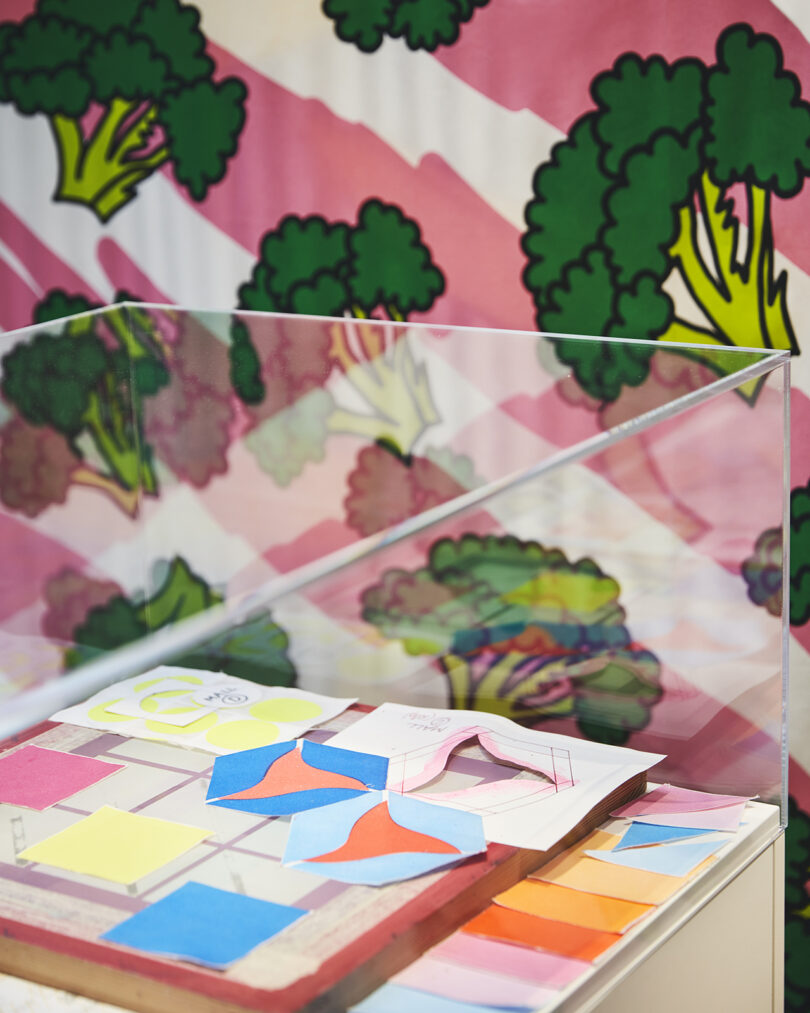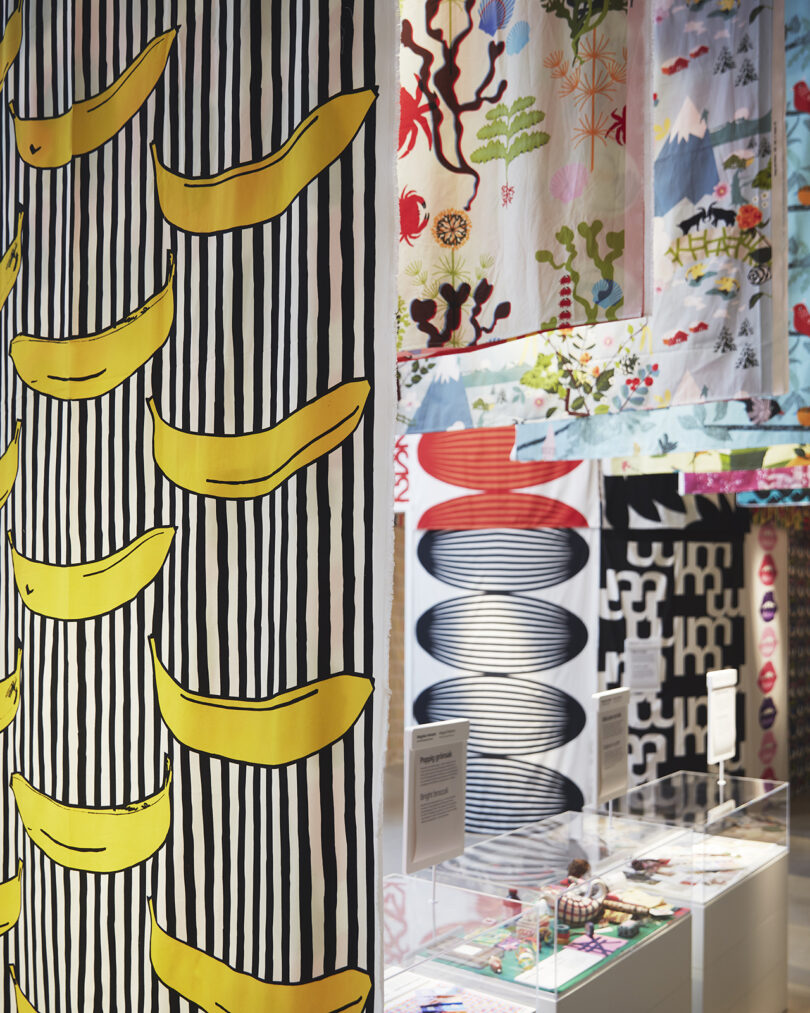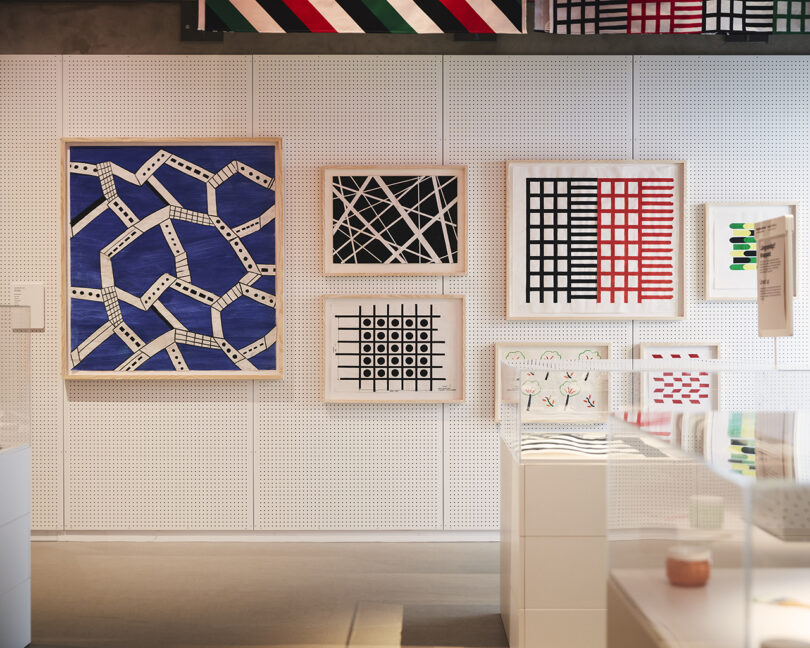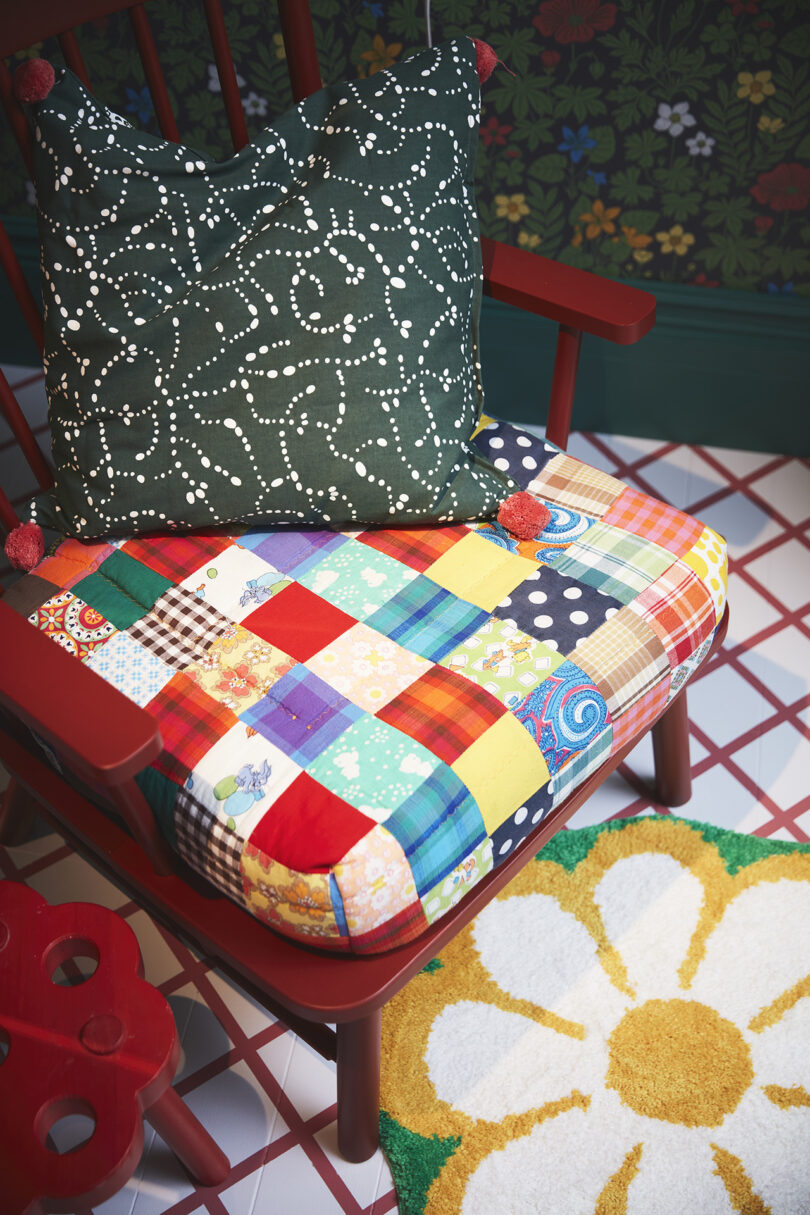Textiles are a definitive indicator of tradition. Fiber content material, development fashion, patterning, and coloration cues are all essential parts to the essence of a material, defining our clothes, linens, and family materials for eons. After a profitable run on the IKEA Museum in Älmhult, Sweden, IKEA presents their inaugural textile exhibition at Edinburgh’s Dovecot Studios, highlighting their collaborations all through the years, celebrating unbiased designers and uplifting their work to a world stage. Showcasing textile iconography spanning 60 years, the exhibit illuminates the lasting influence the Swedish model has had on design historical past at vast. Innovation and collaboration are tenets central to the IKEA, and IKEA Museum: Magical Patterns is emblematic of this communal vitality.
That includes 180 classic and modern designs, together with collaborations with Zandra Rhodes and Marimekko, the colourful explosion rings true to IKEA’s symphony of things – a large number of colourful, inexpensive, but rigorously thought-about objects. Poppy, good colours adorn a large number of enjoyable prints, some taking up an I-Spy stage of granularity.
Pure particulars are a central theme inside the iconic sample works on show, that includes vast leaf prints and generously dense ferns in watercolor. Elated florals meet graphic foliage, in chilly colorways that add a way of enjoyable and class to any house.
Iconic prints cowl mobiles created from hangers, exemplifying some extra sudden makes use of of textile inside the residence. Not simply relegated to upholstery or tablecloths, IKEA has confirmed over time that kitchen, lavatory, and even closet group can all obtain a colourful improve.
Based by Ingvar Kamprad in 1943, IKEA has constantly supported democratic design for over 80 years, introducing a recent sense of coloration, print, and type. Because the Sixties, the model has invested in experimental artists and designers for collaborations, like Danish textile artist Bitten Højmark in 1962, and Inger Nilsson in 1965, because the demand for textile design elevated. The duo introduced forth up-to-date know-how, together with the primary Swedish model of the Pure Color System (NCS) and energetic patterns, in a world the place grey textiles had been all that was obtainable.
Developed by physicist Tryggve Johansson at Sweden’s Nationwide Defence Analysis Institute, the Pure Color System (NCS) supplied a exact, common strategy to describe and reproduce colours throughout supplies. Designer Nilsson acknowledged the system’s energy early on. She championed its utilize throughout IKEA, significantly in material departments, educating groups on the right way to show and coordinate textiles in ways in which would higher join with clients.
This ardour for precision and presentation helped usher in what many followers name a golden age for IKEA textiles. Spearheaded by mighty, visionary girls, this period was marked by fearless experimentation with sample, texture, and tone. A major instance is the now-iconic ‘RANDIG BANAN’ by Inez Svensson. The quirky striped banana motif, first created in 1985, went unnoticed for many years earlier than resurfacing in a 2013 constrained assortment, the place it rapidly grew to become a cult favourite.
More moderen designs have carried that very same spirit ahead. Ida Pettersson Preutz’s ‘ANNIKEN’ sample, that includes inexperienced broccoli set in opposition to wavy neon-pink stripes, embodies the irreverent and cheerful vitality that continues to outline IKEA’s method to textiles. From technical innovation to daring creative expression, the corporate’s textile historical past is one in every of each self-discipline and delight – a mirrored image of IKEA’s ongoing mission to make on a regular basis life extra colourful.
To be taught extra in regards to the Magical Patterns exhibit on the IKEA Museum in Ediburgh, Scotland, which is open now via January 17, 2026, please go to ikeamuseum.com.


